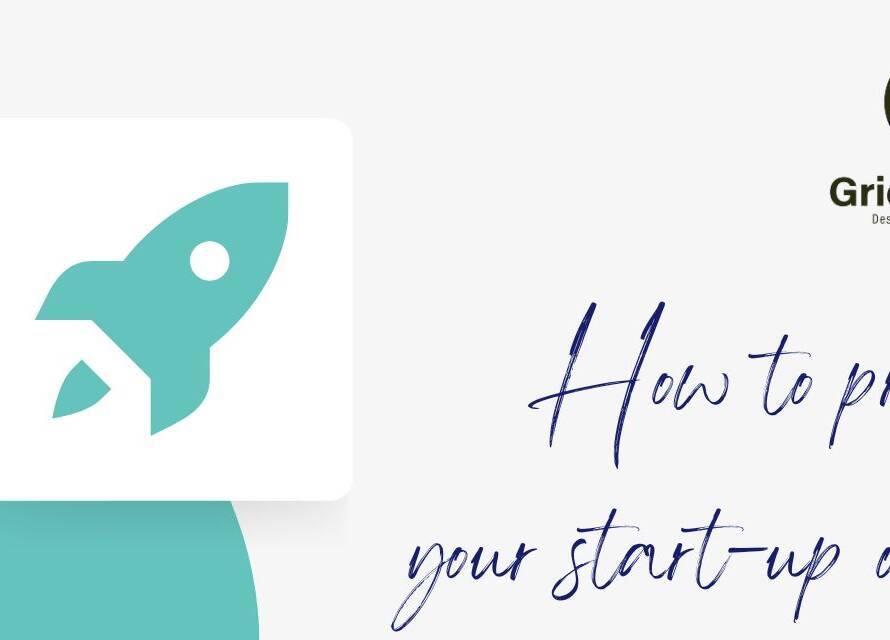How to use 2D and 3D video solutions for food industry
There are several ways that 2D and 3D video solutions can be used in the food industry. Here are some examples:
Training:
2D and 3D videos can be used to train employees on how to prepare different types of food items. For example, a 3D video can show the step-by-step process of making a pizza or a sandwich, while a 2D video can be used to demonstrate food safety procedures.
Marketing:
2D and 3D videos can be used in marketing campaigns to showcase food products in a visually appealing way. For example, a 3D video can be used to showcase a new product in a 360-degree view, while a 2D video can be used to highlight the key features and benefits of a food product.
Quality Control:
2D and 3D videos can be used to monitor food production processes and ensure quality control. For example, a 3D video can be used to create a virtual simulation of a food production line to identify areas where improvements can be made, while a 2D video can be used to monitor the cooking process and ensure that food is cooked to the right temperature.
Education:
2D and 3D videos can be used to educate consumers on different types of food items and how they are made. For example, a 3D video can be used to show the process of making chocolate from cocoa beans, while a 2D video can be used to explain the nutritional benefits of different types of fruits and vegetables.
Virtual Tours:
2D and 3D videos can be used to create virtual tours of food manufacturing plants or farms. These virtual tours can help educate customers, suppliers, and employees about the production process and give them a behind-the-scenes look at how food is made.
Product Visualization:
2D and 3D videos can be used to create product visualizations that help customers understand what a product looks like, how it’s used, and what ingredients it contains. This is especially useful for new or innovative products that may be difficult to describe in words.
Food Safety Training:
2D and 3D videos can be used to create training videos for employees on food safety practices. These videos can demonstrate proper food handling techniques, cleaning procedures, and equipment maintenance.
Packaging Design:
2D and 3D videos can be used to help design food packaging. By creating virtual mockups of packaging designs, it’s possible to test different colors, shapes, and sizes to see which ones work best.
In summary, 2D and 3D video solutions can be used in the food industry for training, marketing, quality control, and education purposes. By leveraging these technologies, businesses can improve their operations, enhance their marketing efforts, and educate consumers on different aspects of food production and consumption.



